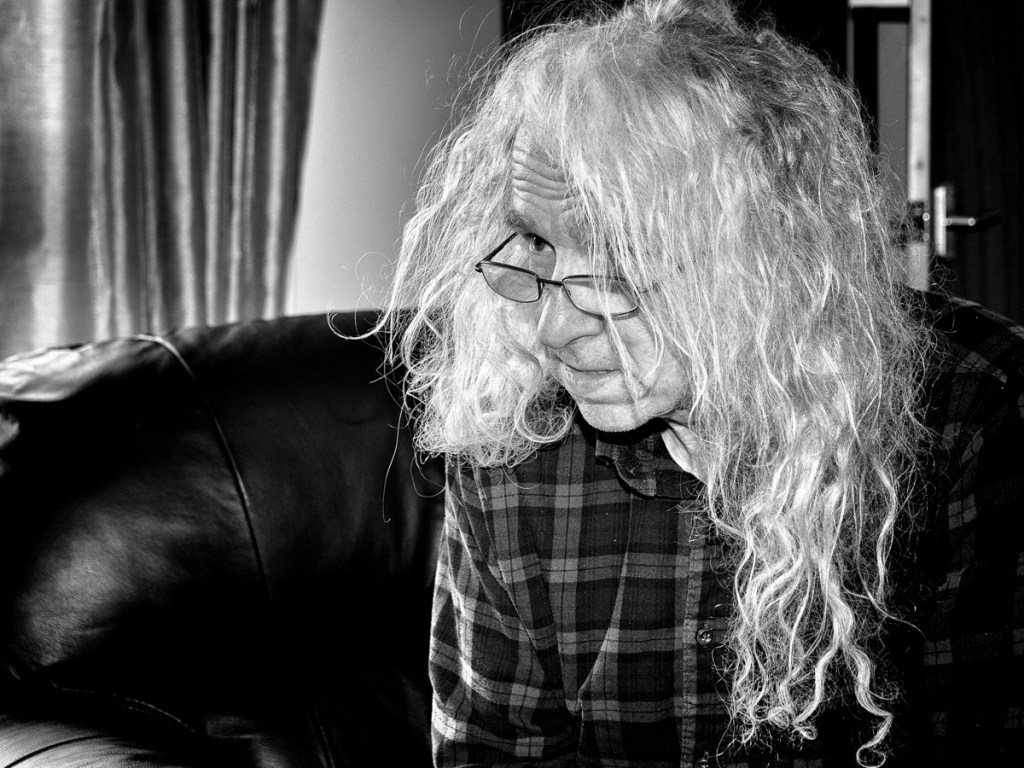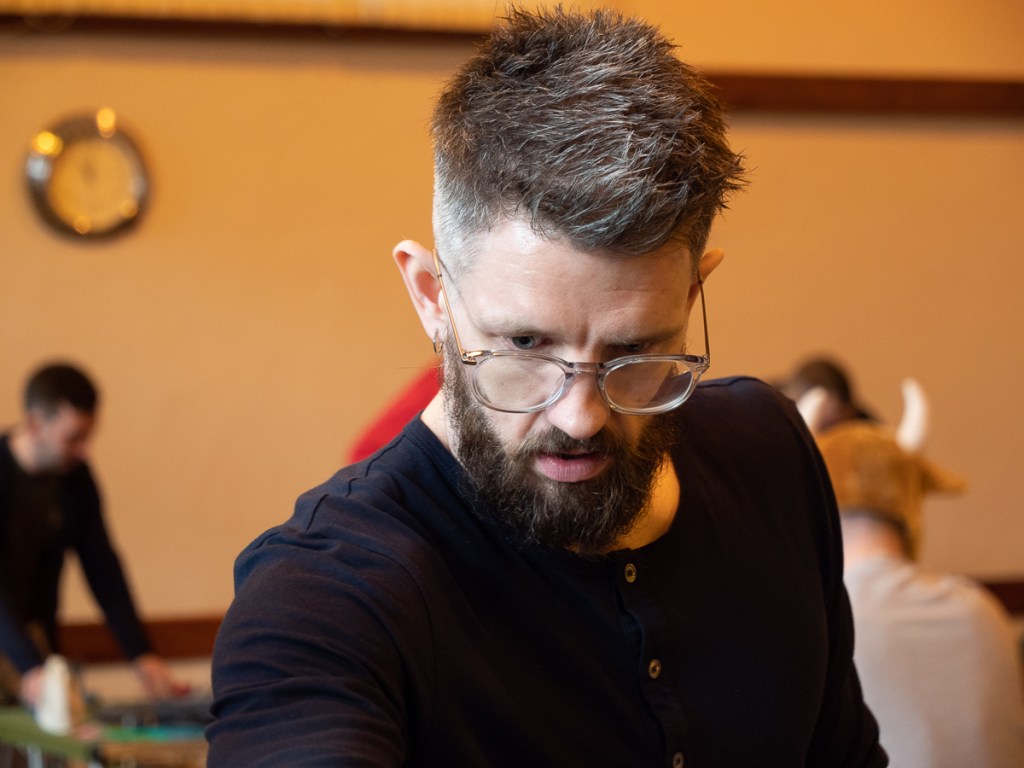I have now come to the end of Identity and Place. I have added my selection of work to the G-Drive. I have written up all the meetings I have attended while doing this course. While doing IAP I have thought long and hard about my identity and how it can be shown. I have thought about where I live, who my family is and my genetic background. Oddly enough I feel more settled in myself for doing this.
I have learnt some new techniques. How to make a video (although only a very basic one so far). How to upload to Vimeo and YouTube. How to search family archives and choose some out of a plethora of possibilities.
I have learnt something about how to approach people to ask to take their photograph, when it is ethical and fair to do so, and, just as important – when it is not. I know I am not good at directing people, but I am getting better at engaging with them to make an image that says something about their personality. Giving them (and me) time to relax works well, listening to their stories tells me what is important to them.
Am I a better photographer for this? That may depend on your definition of better. I am certainly more thoughtful. I actually take less images than before I started this whole pathway. I definitely take different ones.
I have read a lot. I have found I enjoy reading biographies of photographers. I also enjoy learning about art history and especially contemporary practice. Work that I would have previously looked at and thought “What on earth?” I now give more time. I may still not like/appreciate it but at least I have given it a chance. Slow looking. Experiencing the work not just glancing at it.
Most of IAP has been done under the restrictions of Covid and lockdown. This has undoubtedly limited my opportunities to go places, talk to people and visit galleries. It has increased my reading and thinking time. It has allowed me to see exhibitions on-line that I would never have seen, to listen to people talking about their work, to engage with my peers via zoom. To look at some of the work done by others during their time of isolation. Some positive outcomes to balance against the difficulties.
I will move on to Digital Image and Culture. Hopefully, I will take some of these lessons forward. With thanks to my tutor Chris Coekin – who pushed me well out of my comfort zone and the support of many of the other students at OCA – without which I would have probably given up











